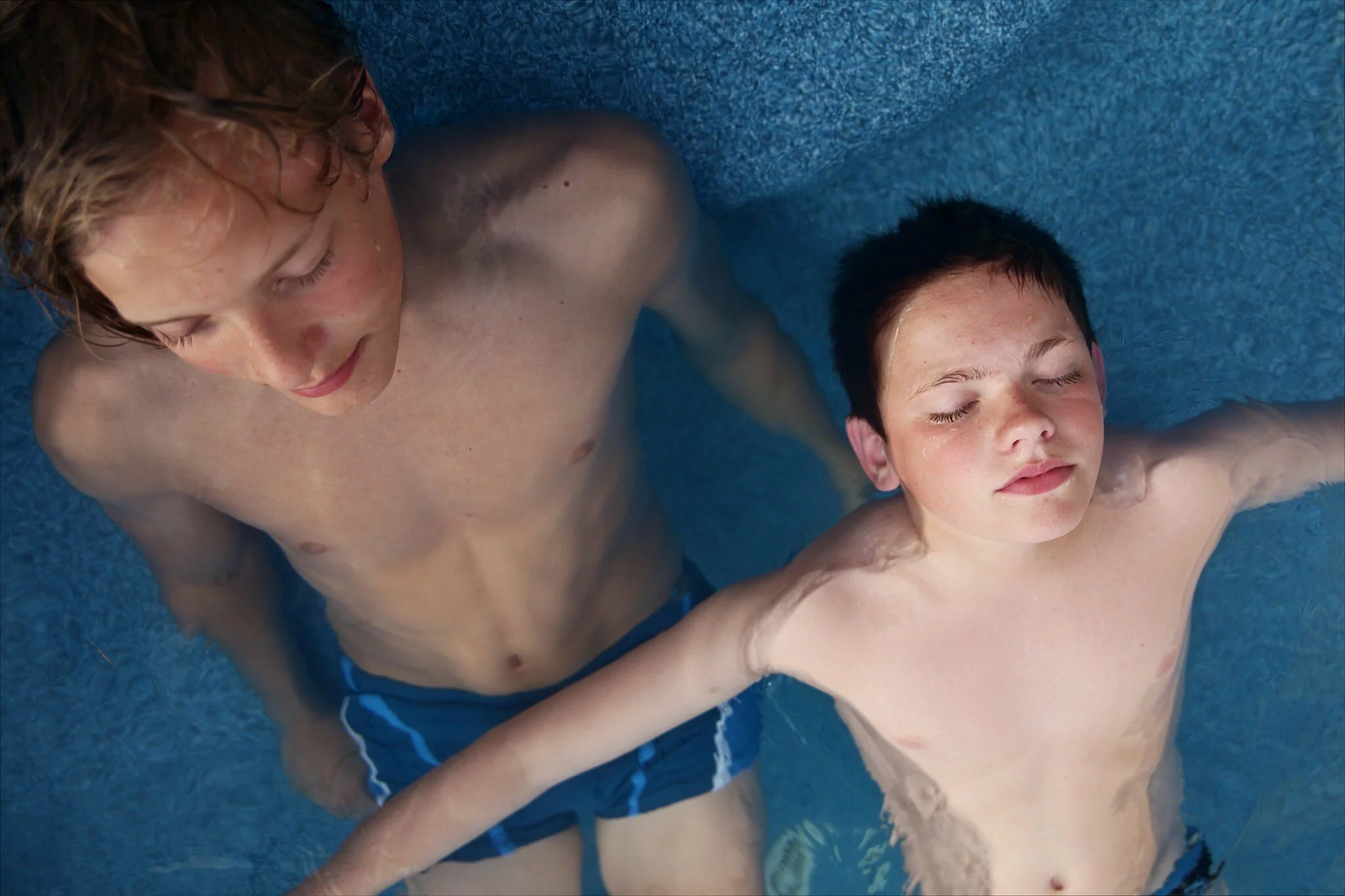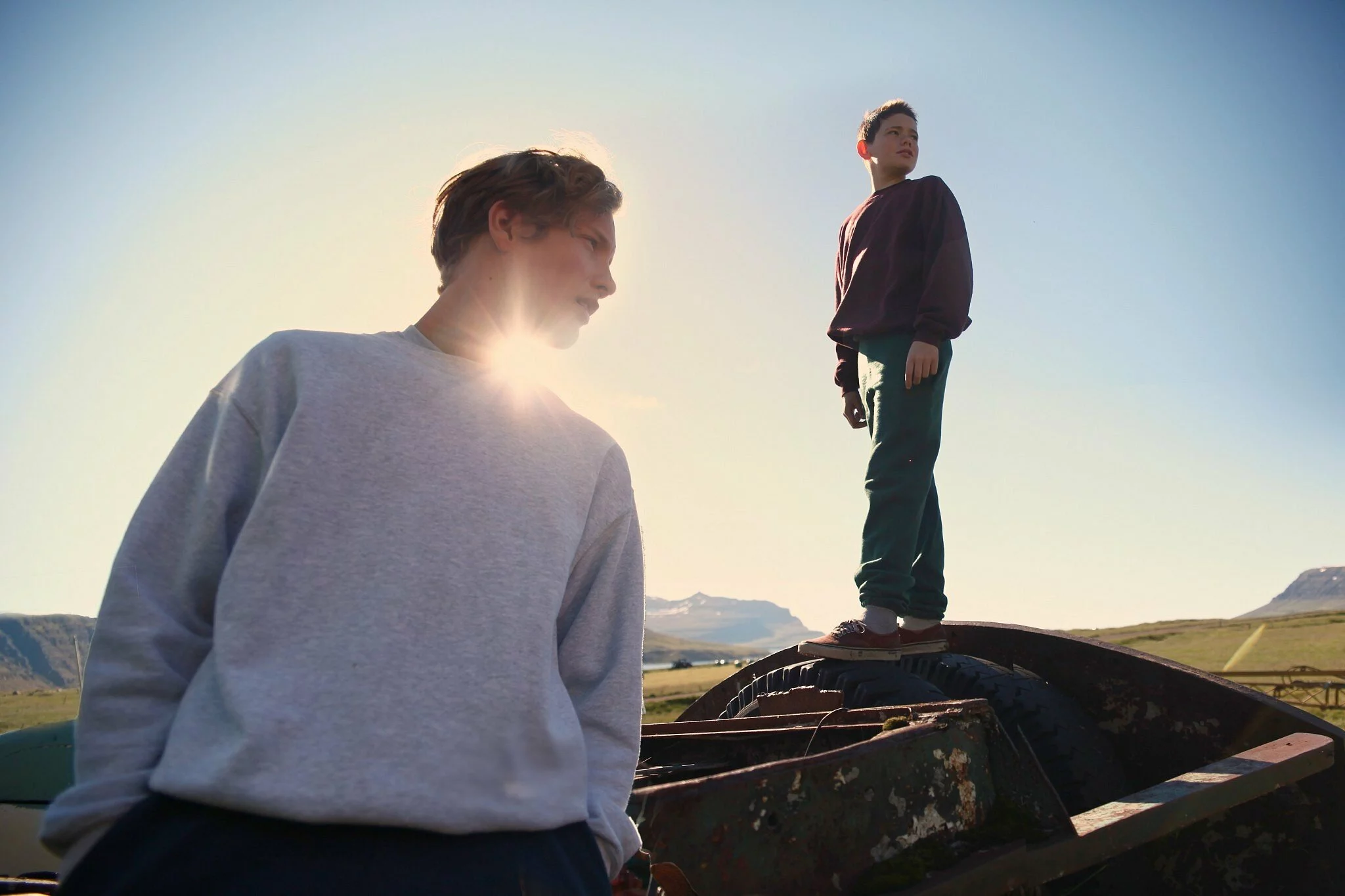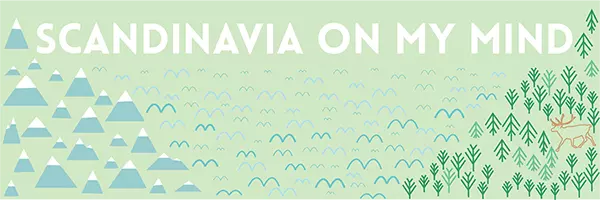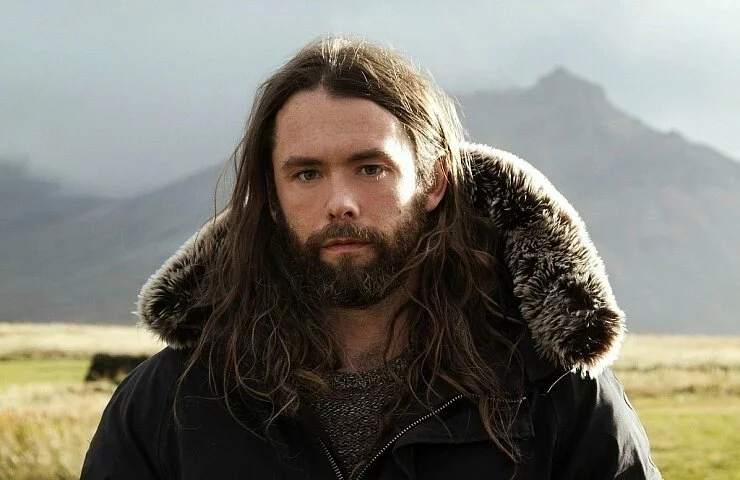It’s easy enough for most adolescents to feel like a fish out of water at the best of times. But in Iceland, a uniquely solitary country almost equal distance from both London and New York, the sense of isolation and remoteness is arguably stronger than most places in the world.

Boys on film: the young lads of Heartstone. (Photo by Roxana Reiss)
Growing up in an Icelandic fishing village, Gudmundur Arnar Gudmundsson, lost several friends to suicide when he was a teenager.
“I often wondered what could bring you to this point,” the now 35-year-old ponders. “Sometimes the person intends it; sometimes it is a moment that goes too far.”
It was also during this time that Gudmundur, a self-described “confused teenager” who had some interest in art, but didn’t know what to do with his life discovered that film was a medium that would allow him to share his ideas and experiences.
Fast forward to 2016 and his first full-length feature film, Heartstone (Hjartasteinn) was released and has since been making its way around the world to countries as far-flung as Australia.
An exquisitely shot meditation on adolescence that spans a summer in rural Iceland, Heartstone is the story of two boys, Thor and Christian, who are both about to experience the life-changing moments that only teenagers can.
In his director’s statement, Gudmundur said that: “I’ve only ever made films with children and animals.” These are two subjects that many film-makers would go to great lengths to avoid all-together given the unpredictability of both as subject matter.
“For me when I see what kids or teenagers are going through it seems almost the same as adults; but for a kid it feels somehow more pure. It is the first time they are facing these transitions and they have the innocence of a kid that can really hurt to loose,” he explains.
“With animals it might be the connection to life and death and nature. We are animals but we forget it. There is also this film magic that happens, when the animals contribute to your film by gracefully doing what you hoped they would do in front of the camera. Something you have little control over feels like a moment from higher power, worth diamonds and gold.”
In some ways, the adults of Heartstone are just as vulnerable as their children. The rift and tensions between the ages is something which Gudmundur has long felt.
“I used to wish that I could show the grown-ups around me how our world really was,” he says. “As a kid I often felt like adults undermined us, thinking we knew and understood less then we did, that our problems where not so serious … I wanted to show them so they could understand, learn and respect us more.”

At swim, two boys: Christian and Thor from Heartstone. (Photograph by Roxana Reiss)
Animals – particularly dead ones – feature prominently in Heartstone right from the beginning. There’s symbolism aplenty – most notably fish, something which Gudmundur found himself powerless to keep out of the film.
“This came early on in the writing process and when I tried to change it, the fish always managed to come back in,” he says.
Heartstone never strays towards didacticism or an overt moral. Instead, Gudmundur simply states that his intention for the film was for the audience “to experience the love between these two boys and give them hope for life.”
Similarly, he doesn’t view it as an exclusively “gay” film, despite the complexities of Christian and Thor’s relationship.
“For me it is a universal story about friendship, love, self acceptance and the family,” he adds.

Coming-of-age: Christian and Thor. (Photograph by Roxana Reiss).
Gudmundur studied at the Icelandic Art Academy before moving to Denmark to study screen-writing. He continues to find contentment and completion being back in the Icelandic mountains. It turns out you can’t take the country out of the boy, either.
“In Iceland the nature is so pure and beautiful and there are no insects that can bite. That is very important. Once I was peacefully mediating in nature in a foreign country and I got bit by a snake. I felt so betrayed by it, even though in some way I enjoyed the experience,” he says, adding: “It was a rather harmless snake.”


Leave a Reply